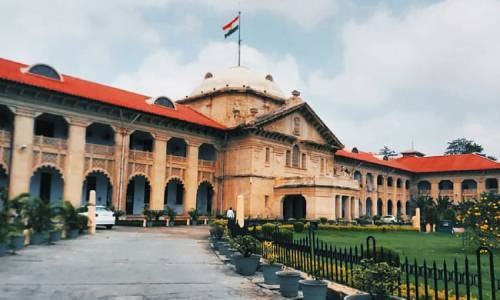
The Allahabad High Court has stated that the confirmation theory, which lies at the core of Section 27 of the Indian Evidence Act, is underscored by the recovery of an article or weapon from a location that has previously been unknown to anyone else, including the investigating officer. This was an appeal against the judgment and order dated 13.04.2010 passed by learned Additional District and Session Judge, Bijnor under Section 302 IPC, which sentenced him to imprisonment for life, and a fine of Rs.1,00,000/- was imposed with imprisonment of three years.
In the instant case titled Shamshad v. the State Of U.P., the issue raised before the Allahabad High Court was:
Whether recovery of evidence is admissible and relevant under section 27 of the Indian Evidence Act?
With regard to the issue, the court stated that in the case before them, the evidence of PW9 and PW10 strengthens the prosecution case in light of the above provisions of law. In the court’s view, the evidence led by the prosecution on this count is not only admissible and relevant under Section 27 of the Indian Evidence Act but also the evidence of the conduct of an accused which too is relevant.
The Court took note of PW9-Ishrar and PW10-S.I. Sri Ram's testimony that the blood-stained axe was found (at the request of the accused) at a location other than the scene of the crime with regard to the recovery of the weapon.
The court categorically stated that:
“There has been a very faint submission on behalf of the appellant that PW1 and PW9 are not reliable because they happen to be closely related to the informant. In our view, a relationship howsoever close it may be, cannot by itself be a ground to discard the testimony unless there is some material which may have a tendency to corrode the credibility of a witness. The court has to examine the evidence in toto to determine whether it has, on the whole, a ring of truth. While evaluating the evidence, it cannot be held to be unworthy of credit just because the witnesses were closely related.”
Hence, it was held that the appeal lacks merits and is liable to be dismissed and is hereby dismissed. The judgment of the trial court is hereby affirmed. The appellant is in jail and he shall serve out the sentence as awarded by the trial court.


